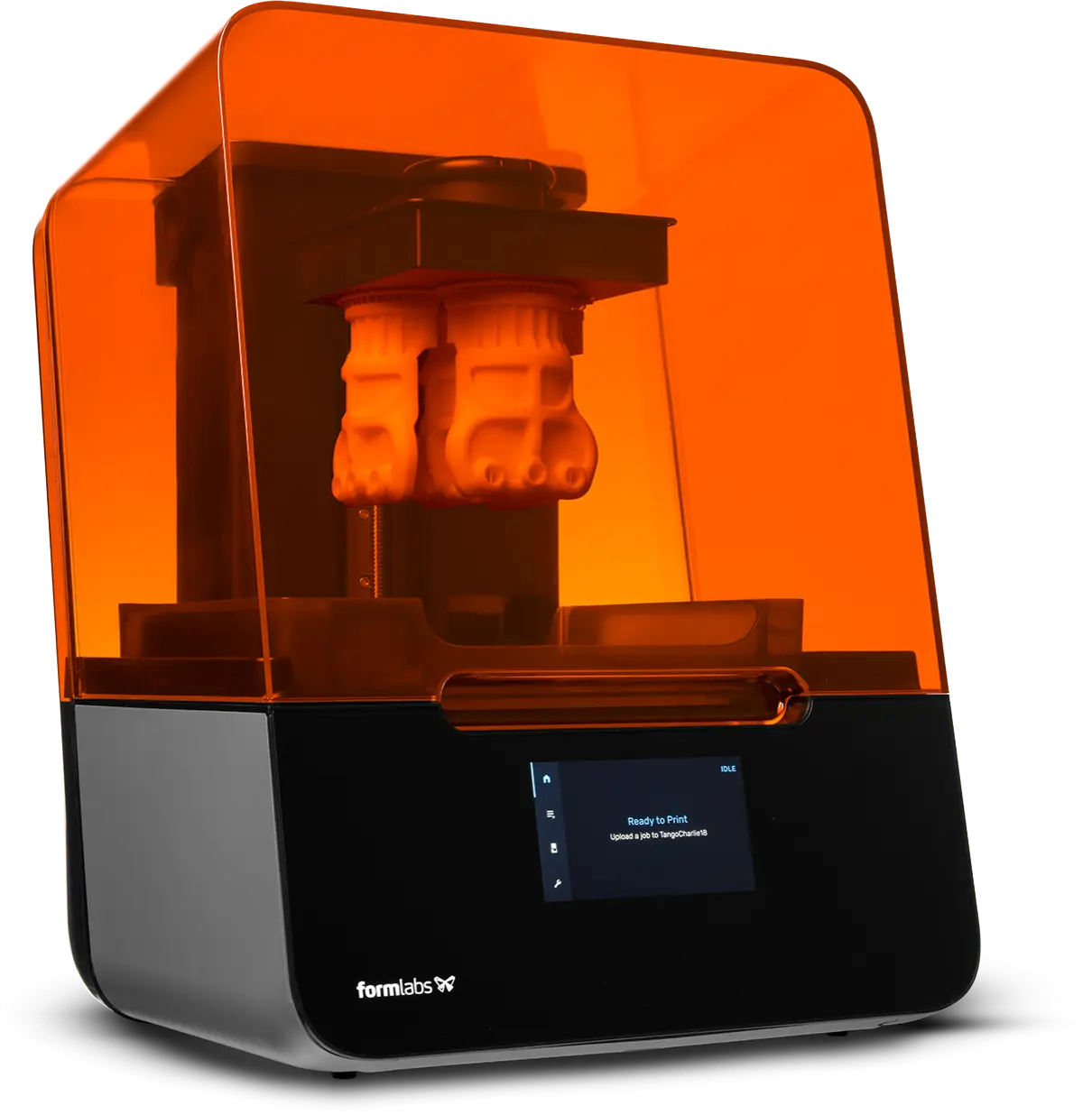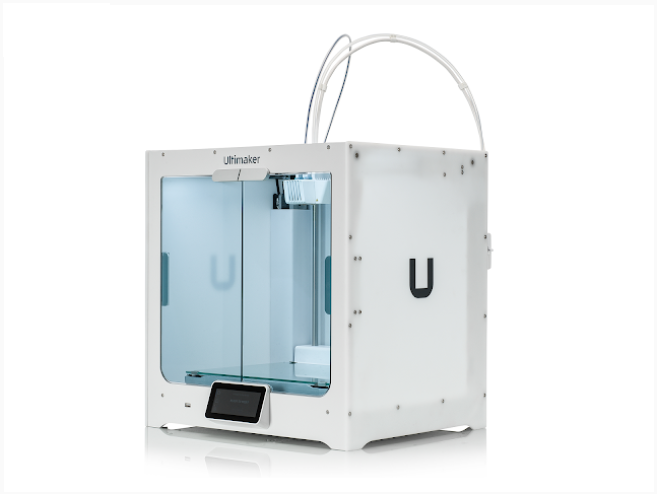Desktop 3D printers have evolved considerably to date—beginning as rickety hobby projects that were more often broken than working and evolving to become quite competent devices. We must point out that 3D printers to date are not as reliable or easy-to-use as your toaster or television. Some skill and determination are still required to operate today’s desktop fabbing machines. However, now for the first time, it can be a rewarding experience with comparatively little effort.
To get the most out of 3D printing, it is still desirable to master CAD and 3D modeling so that you can design and make your own objects. But simpler software and download sites have made printing models that appeal to many people much more accessible. We’ve also seen a lot of development in terms of required slicing software, which makes it easier to achieve good results with packages such as Cura.
About Filament 3D Printing
To date, nearly all desktop machines are material extrusion 3D printers that extrude one of over 80 compounds of polymer filament. These printers range from around $200 to $5,000 in price. With these systems, one can now make objects in a wide range of polymers. Most of the time, your print should come out complete, as long as your printer is level, calibrated, your print bed is clean, and your filament is dry.
Usually described as fused deposition modeling (FDM) or fused filament fabrication (FFF) 3D printers, material extrusion systems are simple and produce tough thermoplastic parts that are fairly strong. Mostly using bioplastic PLA—not actually very sustainable, if we’re being honest—but also increasingly made in materials such as PETG and ASA, desktop printers have become more capable. Filament end detection, fault monitoring, multiple nozzles, more software, and greater reliability have all become more and more standard now.
With $200 printers, you’ll have to do a lot of the calibration yourselves, while printers that cost $2,000 are more reliable, have more features and bigger build volumes, and provide a finer print result. FDM printers closer to $5,000 should be more reliable and repeatable still, with better screens and more sophistication all around.
About Resin 3D Printing
FDM is not the only technology for desktop 3D printers, however. Vat polymerization—including stereolithography (SLA) and its cousin, digital light processing (DLP)—has been making advances in the desktop market. These printers work with photopolymers, materials that can be skin irritants. In their liquid form, resins can have severely negative health effects. Indeed some materials may be carcinogenic.
We would, therefore, never recommend these printers for households with small but eminently curious and mobile children. If you always wear gloves and eye protection, however, then these printers can be operated safely. The key detail here is that skin contact allergies build up over time due to exposure and can lead to diminished quality of life.
If operated safely, SLA printers can make very highly detailed models. These can be used as molds or for casting either in an impression mold or through lost wax casting. They can also be used for very sophisticated end-use parts, but are mostly not fit for use in consumer-facing parts, unless specifically certified for this. The SLA portion of the market is fast developing, but collective knowledge on these printers is limited but improving.
3DPrint.com’s 3D Printer Guide
We’ve divided up the market into the following:
- Low-cost desktop 3D printers (priced $150 to $800): Mostly bought by consumers and hobbyists
- Midrange 3D printers (priced $850 to $,2000): Safer and more reliable, bought by consumers and some businesses
- Professional 3D printers ($2,500 to $6,000): Aimed at businesses.
Essentially, if you’re looking to spend the least amount of money possible and willing to put in the time, get a low-cost printer. If you want to have better results with less work, buy a midrange systems. If you need the advanced features, buy a pro printer.
Low-Cost Desktop 3D Printers
Voxelab Aquila: $199

I have a Voxelab Aquila at home and I really like it. The Voxelab is a pared-down Prusa clone that’s easy to assemble and works well. A friend of mine actually found it easier to assemble than a Prusa Original. The controls work well enough. With some elbow grease, it puts out nice prints. There’s an accompanying software package called VoxelMaker that is easy to use as well. Overall, the glass bed is much better than others in this price category and it is just easier to use across the board. Do expect to be involved in mastering this printer, but if you put in the time, it is very rewarding.
Creality Ender 3 V2: $262
One of the best-selling 3D printers worldwide, the Creality Ender 3 V2 is a quiet and easy to operate model. You can add features such as auto-leveling to it, a nice addition that saves time. On the whole, this printer is a lot of bang for your buck, when tweaked. A lot of people have it as well, which means that you can generally get good community support.
Artillery Sidewinder SWX2: $439
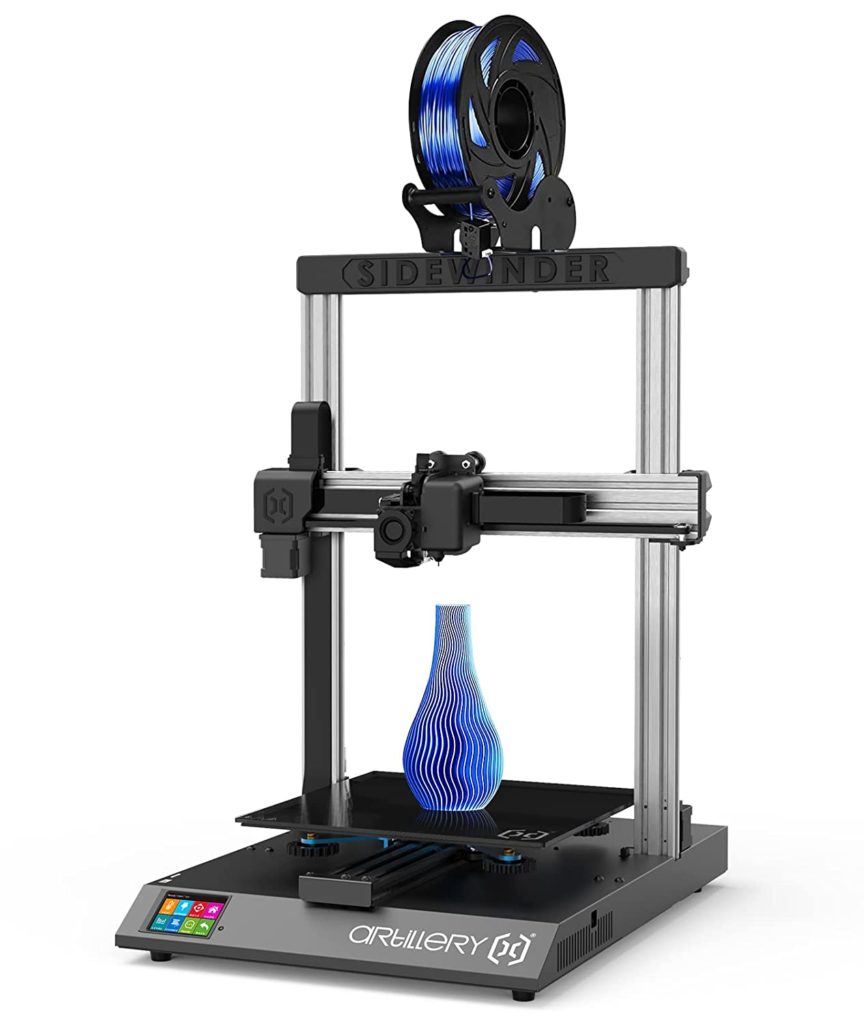
Several friends of mine have various Sidewinder models and the Artillery Sidewinder SWX2 is a workhorse. Quiet and reliable for the price point, it also packs a lot of features. It’s capable and usable. Bed heating on this model is very fast indeed, which saves you a lot of time. This printer can print coherently at much faster rates than most of its brethren.
Original Prusa Mini+: $440
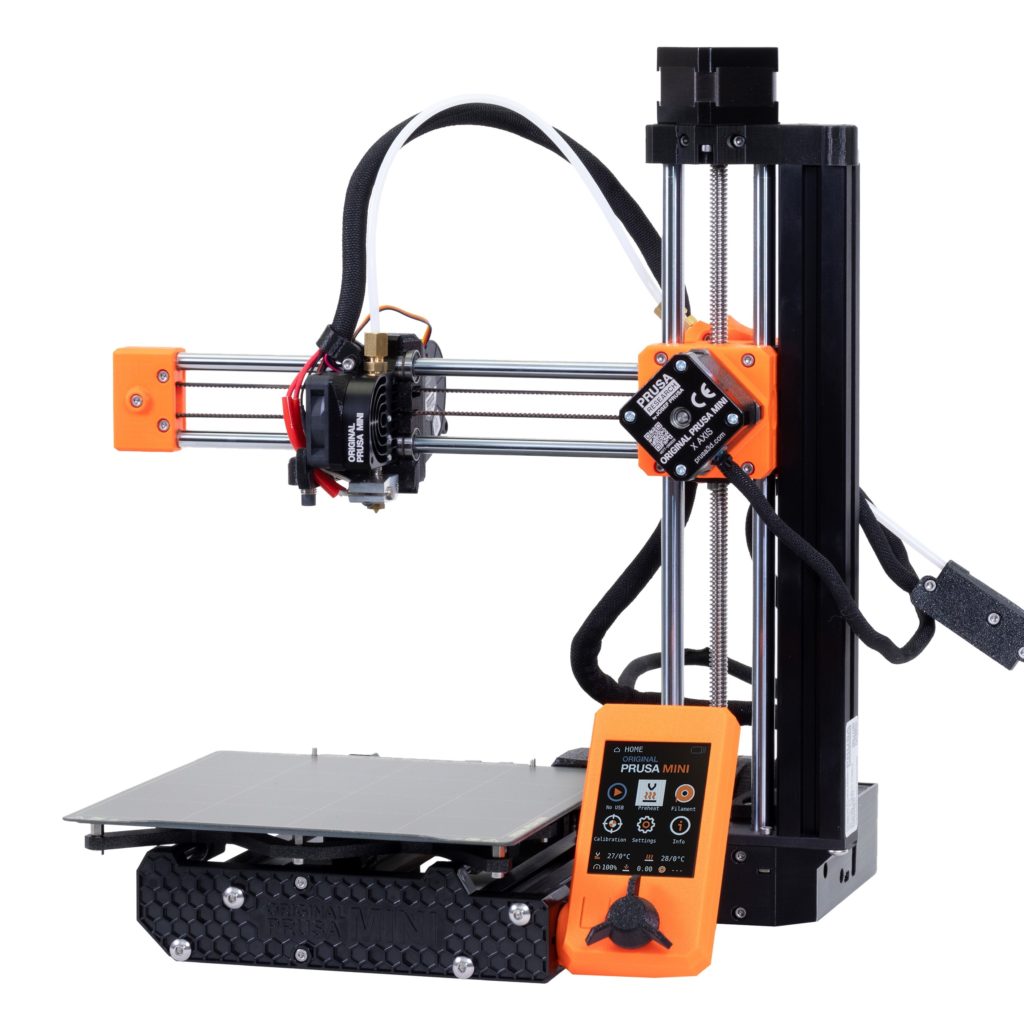
I have an Original Prusa Mini+ and I completely adore it. Build volume is a bit small, so sometimes you’re left disappointed when you’re unable to make certain items. Aside from that, it’s a dream. The prints I get off of this thing are nothing short of amazing. Tight, sharp, and accurate with good detail. Do get the filament sensor option. There is some assembly required, but this tiny machine is my go-to printer at home. Comes with Prusa-flavored software, which is easy to use and has good controls.
Anycubic Photon Mono X: $240

At this price point, the Anycubic Photon Mono X is a surprisingly well-made resin printer. It works. The software is good enough, with an overall strong UX. The screen is easy-to-use, as is the accompanying software. The printer is value-engineered to make the most of its LCD projector and has a good build volume. It’s worth noting that object size will still tend to be limited with resin printers generally. Parts can come out of this printer with great precision and accuracy. For the price, it’s a great little machine.
Advice:
In this segment, the Creality and Artillery are good workhorse printers that are viable choices. If you want to spend the least amount of money possible and still print relatively large objects, my current favorite is the Voxelab. It’s easier to use and just a bit more well made all around. If small objects suffice and you’re able to spend a bit more, then get the Prusa Original, which packs a lot of quality components and workmanship in a small form factor. The prints off of the Prusa are a dream and it’s easy to use. In this segment, price changes and deals per region are legion. So, the prices will fluctuate often and may make a big difference depending on where you are and when you buy.
Midrange 3D Printers
Original Prusa i3 MK3S+: $1,000
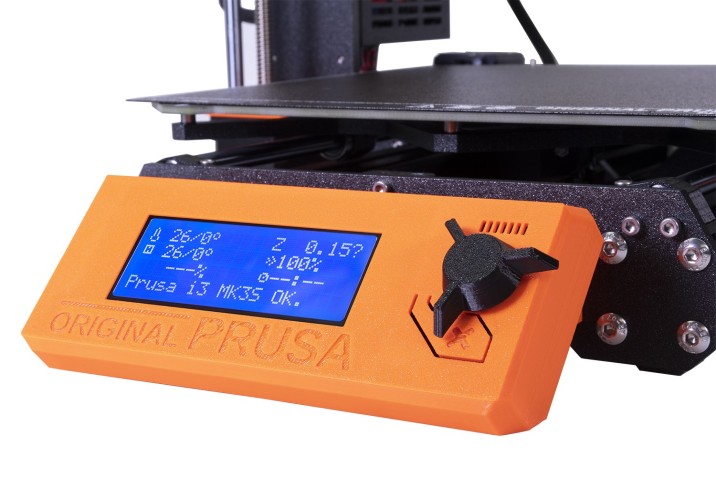
As for the Original Prusa i3 MK3S+: Prusa offers good support, a fantastic community, and a supremely well made printer. This is my go to recommendation for nearly everyone I meet. It’s just utterly fantastic and so well-made. Tweak this thing, understand it, and you’ll get utterly amazing prints off of it. It can be finicky when manhandled, so, in a shared environment, it may be less helpful than something that has fewer options and tweaks. Other than that, this could comfortably be your first and last 3D printer. You can take this thing from your first print to manufacturing. I kid you not. I love this 3D printer.
CraftBot Plus Pro: $1,400
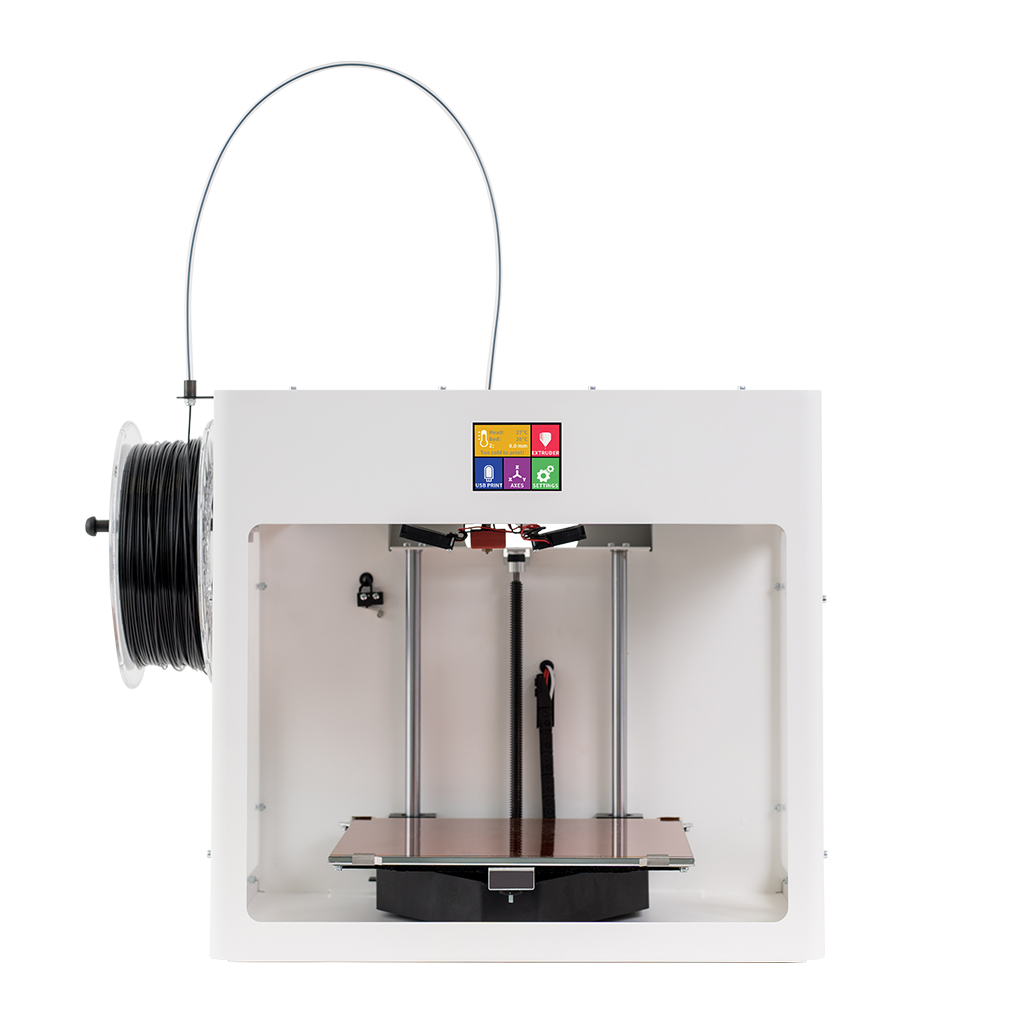
I’m a big CraftBot fan and the CraftBot Plus Pro is a straight up fire-and-forget printer with a large build volume, a nifty touch screen, and good build volume. It’s not complicated, has remained largely unchanged for a few years now ,but it is dependable and good value. A great option for in the classroom or in a shared environment.
Dremel Digilab 3D45: $1,300 to $1,800
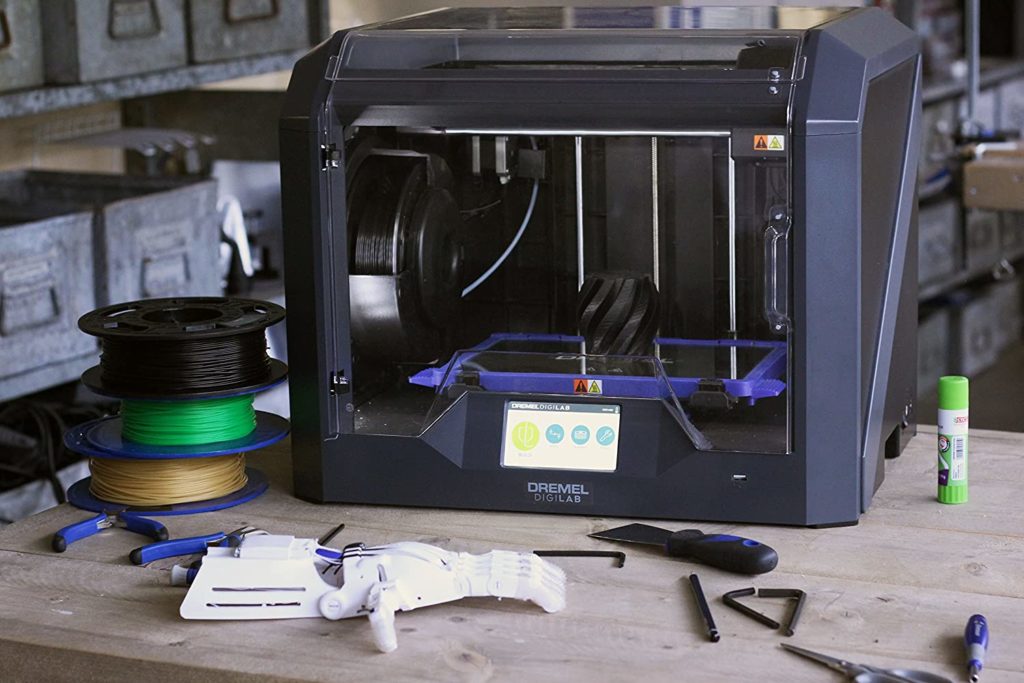
The Dremel Digilab 3D45 is another simple but easy-to-use printer. It is very easy from the get-go and generally works very well. With widely diverging prices on offer right now, something truly weird is going on with the pricing, which could indicate that the model is to be replaced. This is a good printer for a classroom or shared workspace. Prints are never amazing, but it just works. This will be a very limiting printer for those who wish to tweak and experiment at length. You’ll get better results from a Prusa Original, if you want to put in more time.
Pro 3D Printers
Formlabs Form 3+: $3,500
The Formlabs Form 3+ offers great software, industry-leading UX, and as close as you can get to one-click 3D printing. I love using these machines and love having them around the house. They’re reliable and good systems that keep on printing. Consumable costs will become excessive if you start manufacturing with these, but from one printer to a cluster or library-full, these are fantastic machines. More functional materials and design changes that solve problems for users make this a sure-fire pick. If you’re making jewelry, lost-wax casts, or moulds, then this should be your pick.
Ultimaker S5: $6,400
Older now, the Ultimaker S5 has optimized more materials for it over time and more settings available. Quick interchangeable nozzles are a huge win for anyone in a corporate setting. They’ll also save you lots of money. It’s a very reliable printer with a high repeatability that is very easy to use. It gets pricy when you choose the optional air manager, but it’s an unbeatable pick if you’re an enterprise customer looking for an FDM machine.
BCN3D Epsilon W50 $9000
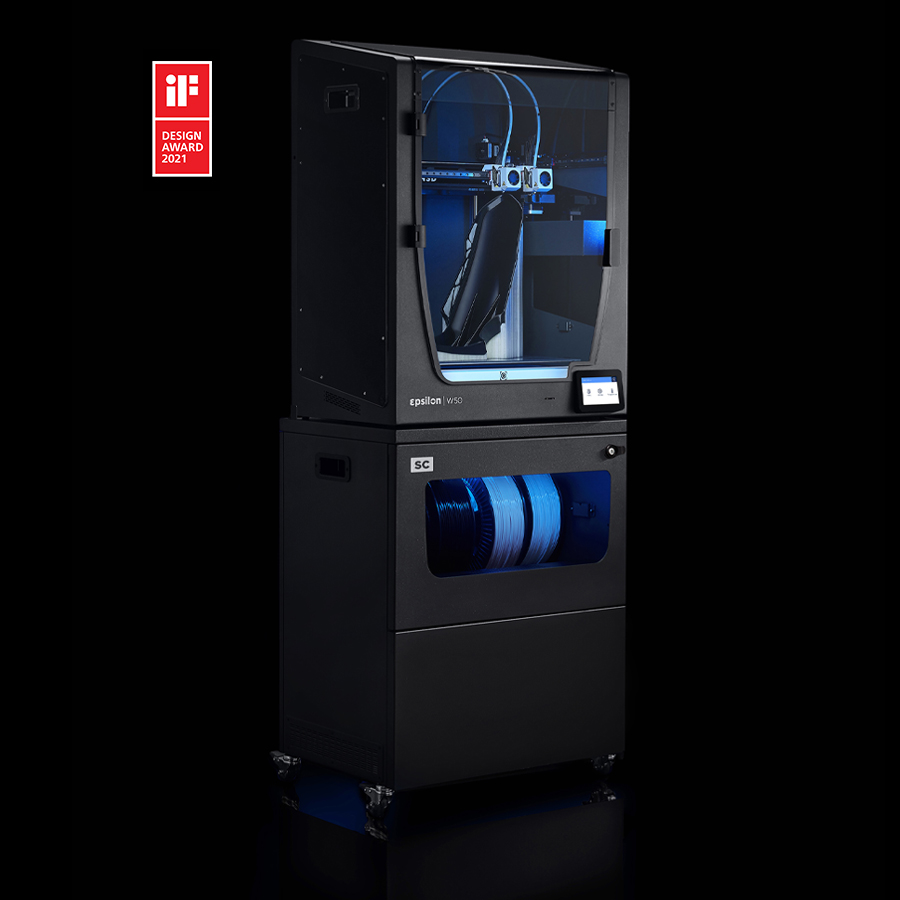
The BCN3D Epsilon W50 is a big machine that’s made to appeal to users in a shared environment. A great choice for corporate labs, offices, and universities. The filament bays inside the machine are lovely and it’s reliable and easy to use. A high-price choice but one that could really pay off for the right client.
One 3D Printer Recommendation
If you would ask me for one printer to buy, then I would recommend that you get a Prusa Original MKS3 for $1,000. This is a supremely well-made machine that, with a bit of tweaking, can get you some of the best 3D prints out there. And it will last you a long time.
Subscribe to Our Email Newsletter
Stay up-to-date on all the latest news from the 3D printing industry and receive information and offers from third party vendors.
You May Also Like
Gorilla Sports GE’s First 3D Printed Titanium Cast
How do you help a gorilla with a broken arm? Sounds like the start of a bad joke a zookeeper might tell, but it’s an actual dilemma recently faced by...
Nylon 3D Printed Parts Made More Functional with Coatings & Colors
Parts 3D printed from polyamide (PA, Nylon) 12 using powder bed fusion (PBF) are a mainstay in the additive manufacturing (AM) industry. While post-finishing processes have improved the porosity of...
$25M to Back Sintavia’s Largest Expansion of Metal 3D Printing Capacity Since 2019
Sintavia, the digital manufacturing company specializing in mission-critical parts for strategic sectors, announced a $25 million investment to increase its production capacity, the largest expansion to its operations since 2019....
Velo3D Initiates Public Offering in a Bid to Strengthen Financial Foundations and Drive Future Growth
Velo3D (NYSE: VLD) has been among a number of publicly traded 3D printing firms that have attempted to weather the current macroeconomic climate. After posting a challenging financial report for 2023,...



